Description
Found in Tampa Fla in the mid eighty’s by Brian Evenson Giant Sloth Megatherium americanum is one of the largest land mammals known to have existed, weighing up to 4 tons)[6] and measuring up to 6 meters (20 ft) in length from head to tail. It is the largest-known ground sloth, as big as modern elephants, and would have only been exceeded in its time by a few species of mammoth. Megatherium species were members of the abundant Pleistocene megafauna, large mammals that lived during the Pleistocene epoch.
It had a robust skeleton with a large pelvic girdle and a broad muscular tail. Its large size enabled it to feed at heights unreachable by other contemporary herbivores. Rising on its powerful hind legs and using its tail to form a tripod, Megatherium could support its massive body weight while using the curved claws on its long forelegs to pull down branches with the choicest leaves. This sloth, like a modern anteater, walked on the sides of its feet because its claws prevented it from putting them flat on the ground. Although it was primarily a quadruped, its trackways show that it was capable of bipedal locomotion. Biomechanical analysis also suggests it had adaptations to bipedalism.[9]
According to one study, Megatherium was probably mostly hairless (like modern elephants) due to its large size giving it a small surface-area-to-volume ratio, making it susceptible to overheating.[10]
Megatherium was first discovered in 1788 on the bank of the Luján River in Argentina. The holotype specimen was then shipped to Spain the following year wherein it caught the attention of the esteemed paleontologist Georges Cuvier, who was the first to determine, by means of comparative anatomy, that Megatherium was a sloth.[4] Megatherium became extinct around 12,000 years ago during the Quaternary extinction event, which also claimed most other large mammals in the New World. The extinction coincides with the settlement of the Americas, and a kill site where a M. americanum was slaughtered and butchered is known, suggesting that hunting could have caused its extinction.[

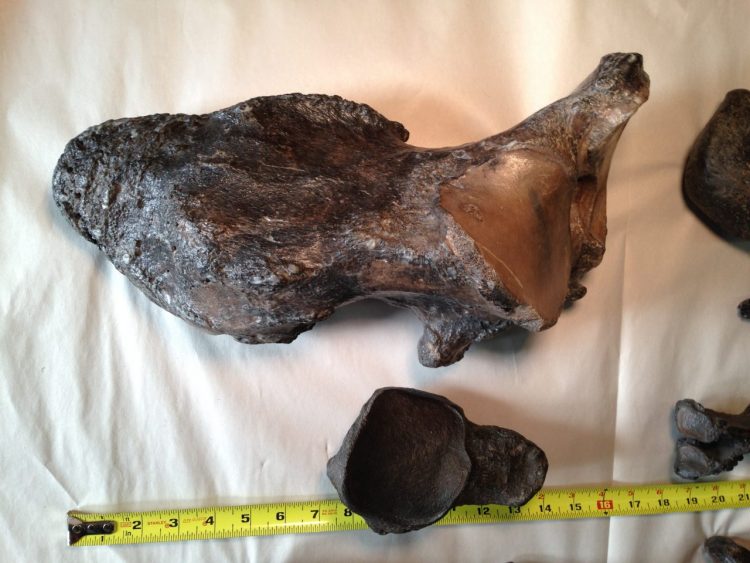
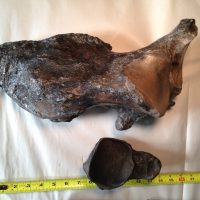
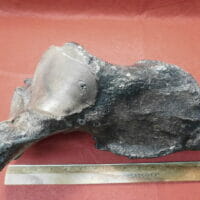
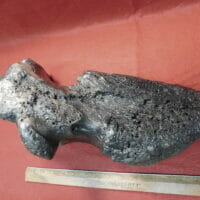
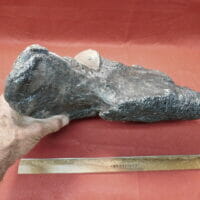
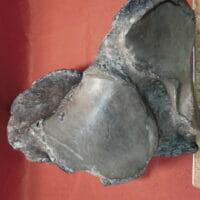
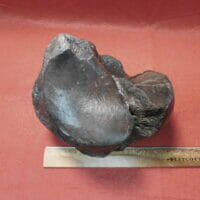
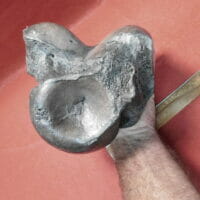
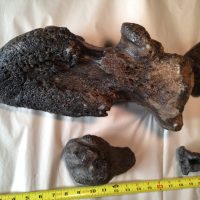
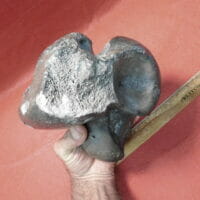
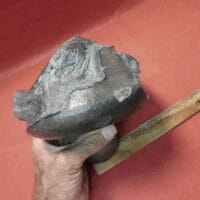
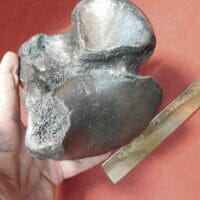
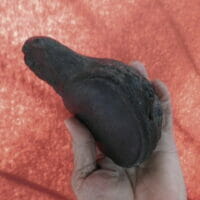
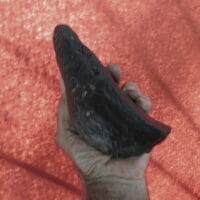

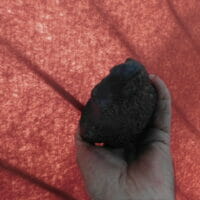
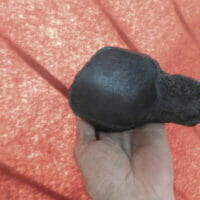
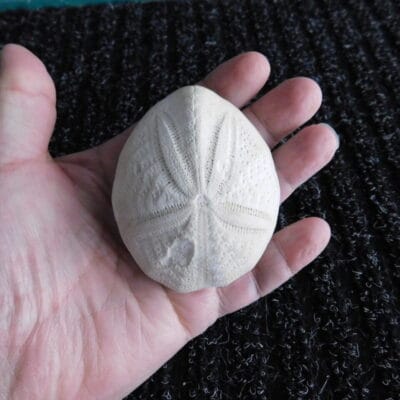
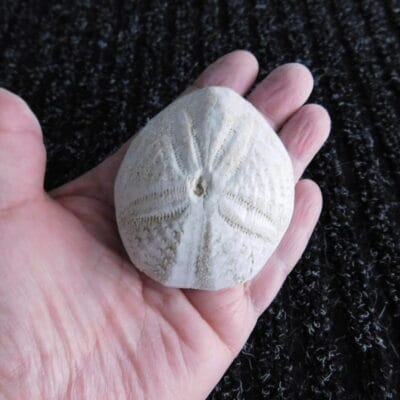
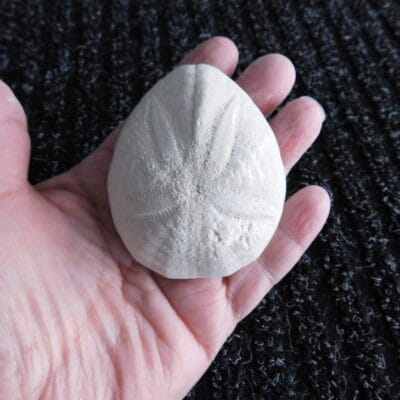
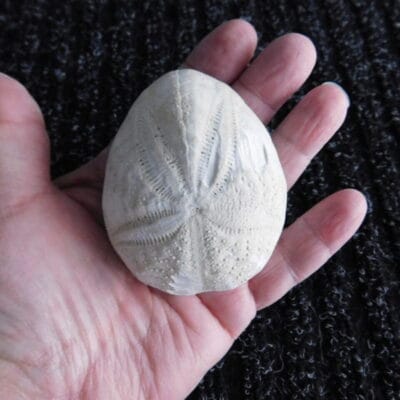
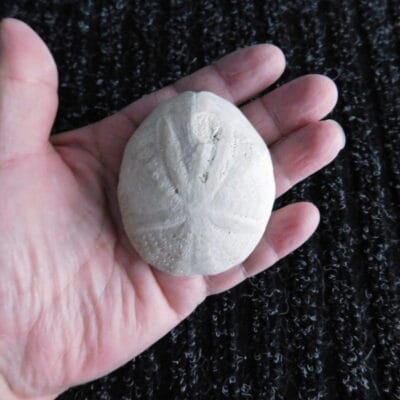
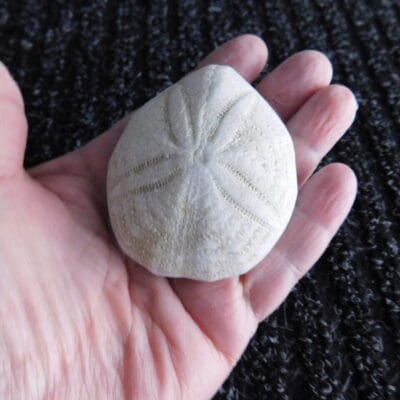
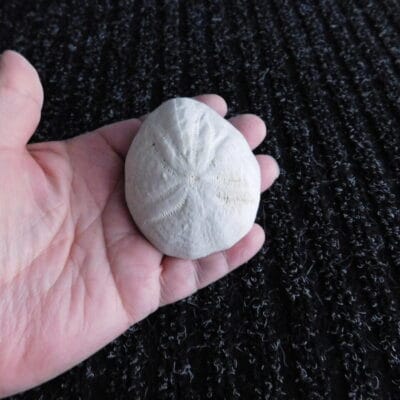

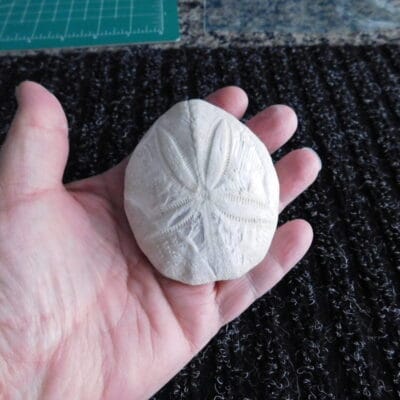

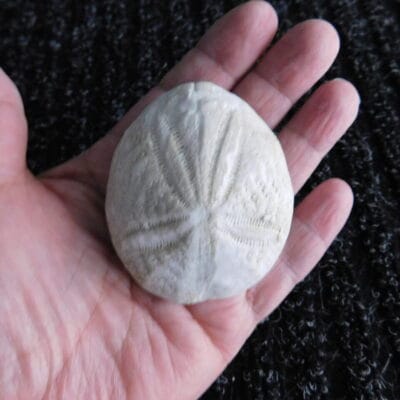

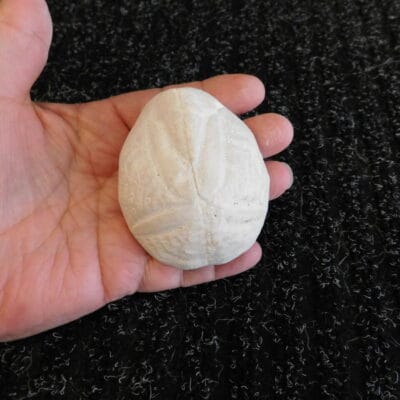

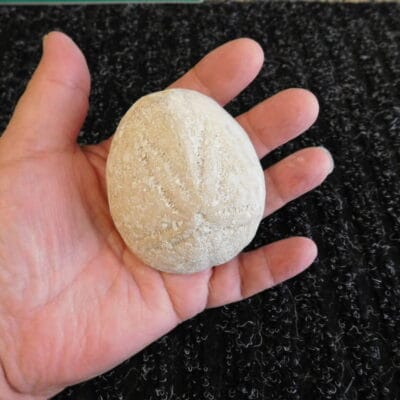
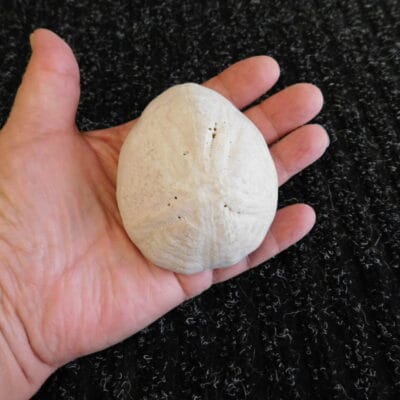
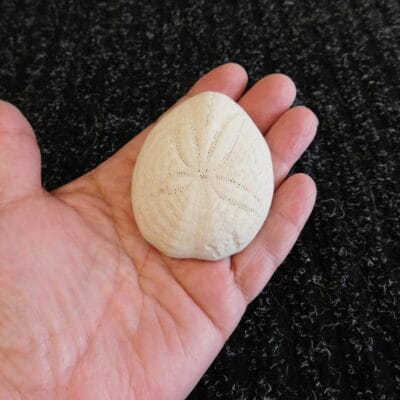

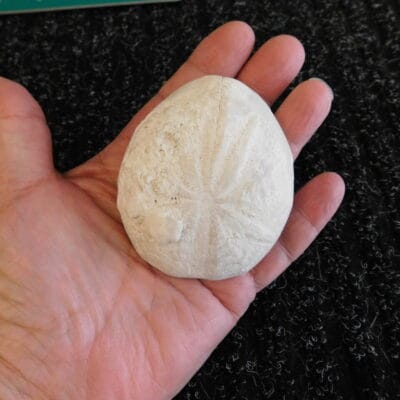

Reviews
There are no reviews yet.